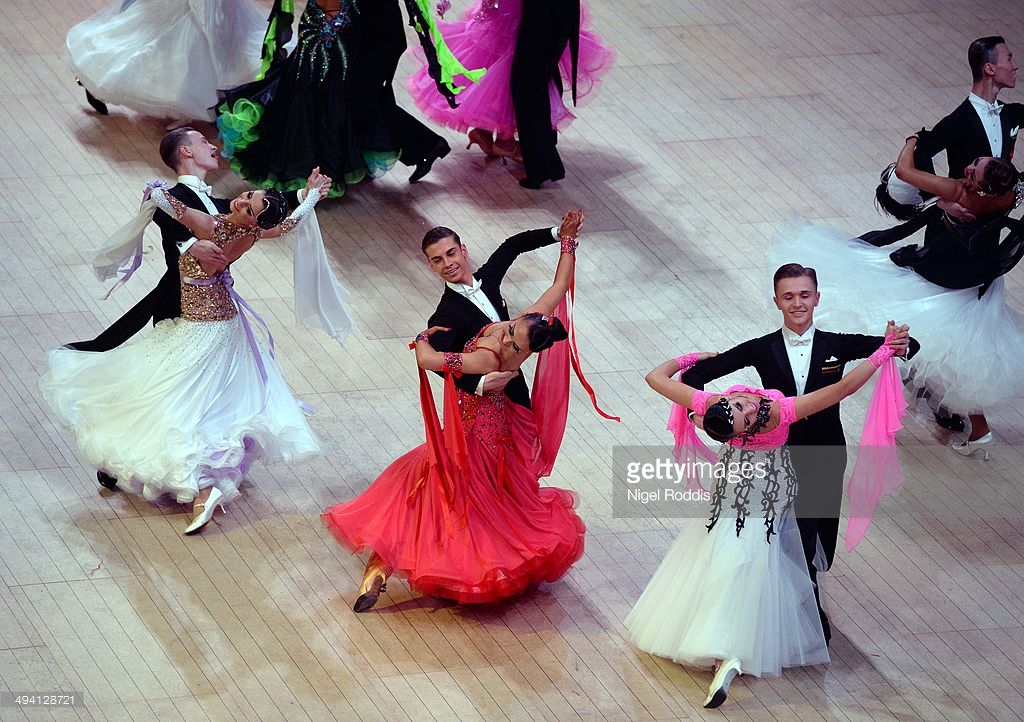DanceSport
See also: Categories: DanceSport
Definition
Overview
DanceSport events are sanctioned and regulated by DanceSport organizations at national and international levels, such as the World DanceSport Federation.The name "DanceSport" was invented to help competitive Ballroom Dancing gain Olympic recognition. The physical demand of Dancesport has been the subject of scientific research.
In the case of Wheelchair DanceSport at least one of the dancers is in a wheelchair.
History
The first unofficial DanceSport World Championship took place in 1909, and the first Formation Team was presented in 1932 by Olive Ripman at the Astoria Ballroom in London.DanceSport was first broadcast on TV in 1960.
Styles
The term DanceSport applies to the International Style as well as the American Style of competitive Ballroom Dancing. It includes the following categories:These categories apply to both individual couples and Formation dance.
International Governing Organizations
World Dance Council (WDC)
The World Dance Council is a registered limited company, and the legal successor to the International Council of Ballroom Dancing (ICBD), which was formed in 1950 in Edinburgh. The World Dance Council operates through a general council and two committees:- The World DanceSport Committee regulates Professional Dancesport at the international level.
- The World Social Dance Committee "deals with all matters of the dance profession that relate to the activities of Dance Schools and Dance Teachers". It does not regulate social dance directly – that is the business of individual organizers, the dance teacher organizations, such as the Imperial Society of Teachers of Dancing, and the chains of dance teaching schools in the United States.
In 2007, the WDC Amateur League was created. This organization runs a number of competitions and has its own world ranking system for Amateur dancers.
Each member country in the World Dance Council has its own national organization, such as the British Dance Council, which acts as a forum for the many interested parties in that country. The national bodies decide on their delegates to the World Dance Council.
World DanceSport Federation (WDSF)
The World DanceSport Federation, formerly the International DanceSport Federation (IDSF), is the international governing body of DanceSport, as recognized by the International Olympic Committee (IOC).Originally founded in 1957 as the International Council of Amateur Dancers (ICAD), it took up the name IDSF in 1990. In 2011, it was renamed to World DanceSport Federation to emphasize the global character of the organization.
In the past, the focus of the IDSF was on administering Amateur dancers and competitions. However, in 2010 the IDSF Professional Division was created (formerly known as the IPDSC), which extended this focus to Professional DanceSport.
WDSF members are not permitted to dance in competitions unless they are granted by the WDSF, or one of its member federations.
- This policy was revoked in 2012 at the Annual General Meeting by vote of the members. The WDSF now supports an athlete's "right to dance".
Competitions
There are a wide variety of dance competitions. They range from the well known Blackpool Dance Festival (an event open to all), to competitions conducted exclusively for university students, such as those hosted by the Inter Varsity Dance Association in the UK.Amateur competitions commonly include events that group dancers by age, experience, or both. For example, events might group young dancers by age, such as: Juvenile (Up to 12 yrs), Junior (12-16 yrs), and Youth (16-19 yrs). Events may sometimes cover a wide range of ages, with groupings such as: Under 21 yrs, Adult, Senior I (Over 35 yrs), Senior II (Over 45 yrs), Senior III (Over 55 yrs), and Senior IV (Over 65 yrs). Adult competitions are often further divided into categories such as Beginner, Novice, Intermediate, Pre-Championship, and Championship.
WDSF Minimum Competition Dance Area Size Standard
WDSF governing bodies in different countries have the flexibility to decide on the dance area size for competitions held in that country.| Location | Official Standard | Compare Square Meter | Compare Square Feet |
| Europe | 26m x 16m | 416 | 4478 |
| China | 23m x 15m | 345 | 3714 |
| USA | 60' x 36' | 201 | 2160 |
| Canada | 60' x 35' | 195 | 2100 |
In December 2011, the WDSF Open and the Australian Nationals were held at the Hisense Arena located within the Olympic park in Melbourne. The floor was 84 by 37.7 meters which was 7.61 times the size of what WDSF requires.
Rules
The World Dance Council rules for international competitions are lengthy and detailed. The music for competitions is kept confidential until the event. The music always follows a strict tempo and, for a couples competition, it will have a duration of no less than 90 seconds, and no more than two minutes.Some elementary competitions are restricted to "basic" steps, but international competitions are open as to choreography, within the limits of the traditional style of the individual dances. Only the Viennese Waltz has defined choreography: it is limited to seven well-specified figures. Lifts are not permitted, except for Show Dance titles. The tempo for each dance is defined. In the finals, couples are marked under the Skating system and judged by timing, footwork, rise and fall, alignment, direction and floor craft. Competitors must meet World Anti-Doping Agency rules.
DanceSport as an Olympic Event
After a long campaign, the WDSF, formerly IDSF, was recognized by the International Olympic Committee (IOC) as the sole representative body for DanceSport on September 5, 1997. At that point, many dance organizations changed their titles to incorporate the word "sport". This recognition gave the IDSF, potentially, a unique status. The WDSF website shows letters and certificates from the IOC that recognize DanceSport as an eligible sport for inclusion pursuant to rule 29 of the Olympic Charter.On its website, the WDSF gives an upbeat appraisal of the chances of DanceSport being included in future summer Olympic Games. However, DanceSport has not been included as an official event at the Olympics since its recognition, and there are many who doubt that it ever will. The 2008 Beijing Olympics did not include Ballroom Dancing and neither did the 2012 London Olympics.
Physical Demands
Ballroom Dancing is a partnered activity with a male and female counterpart. Over the years, competitive Ballroom Dancing has evolved so much in its choreography, requiring a higher level of athleticism. Many individuals that spectate or dance socially often underestimate the physical attributes and demands of Ballroom Dancing. In order to compete at a world level, elite competitive dancers undergo rigorous training to help and enhance their competition performance. These dancers seem to perform at such a high level of energy expenditure that a deeper understanding of these energy demands may help build specific training programs used to sustain a high quality dance performance consistent over a few rounds of a competition.In 1988, an Australian study was conducted to determine the heart rate and estimated energy expended during Ballroom Dancing. Professors Blanksby and Reidy of the Department of Human Movement and Recreation Studies at the University of Western Australia had ten competitive Ballroom Dance couples simulate a DanceSport competition, dancing their competitive routines in either the International Style Latin or International Style Standard division. After administrating all required laboratory tests (in order to record their height, weight, body fat percentage, fat free mass and the resting/maximal heart rate and VO2 values), the couples danced a five-dance final, given a 15 to 20 second break between each dance. Throughout the final, their heart rates were telemetered and recorded. The purpose of this study was to estimate the energy requirements from heart rates acquired during competition simulation and previously recorded measures of VO2 and HR.
The average heart rate for male dancers in International Style Standard was 170 beats min-1 and 168 beats min-1 in the International Style Latin. Females elicited 179 beats min-1 and 177 beats min-1 respectively. Astrand and Rodahl (1977) classify any exercise being extremely heavy if it results in a heart rate above 150 beats min-1. They also classify an exercise as extremely heavy if oxygen consumption is higher than 2.0L min-1. All but the females in the Standard dance sequence didn’t exceed an oxygen consumption level of 2.0L min-1. Finally, the energy expenditure for male athletes was estimated to be 54.1 ± 8.1 kJ min-1 for Standard and 54.0± 9.6kJ min-1 in the Latin dances. For females it was 34.7 ± 3.8 kJ min-1 and 36.1 ± 4.1 kJ min-1 respectively.
Two other similar experiments were conducted exhibiting very similar results and analyses. In all three of the experiments, significant differences in the energy expenditure between the male and female athletes were noticed. Generally males had a higher energy expenditure than their female counterparts. This is evident due to the anthropometric differences between the two sexes and the oxygen transport capacity.
Comparing the mean gross energy expenditures (in kJ min-1) between Ballroom Dancing and other sports, it is evident that competitive dancing is equally as demanding in comparison to other sporting activities such as basketball (35.83 kJ min-1) or cross-country running (44.37kJ min-1) and that Ballroom Dancing requires a cardiovascular system to be able to work at a high energy level in order to match the given physiological strain.
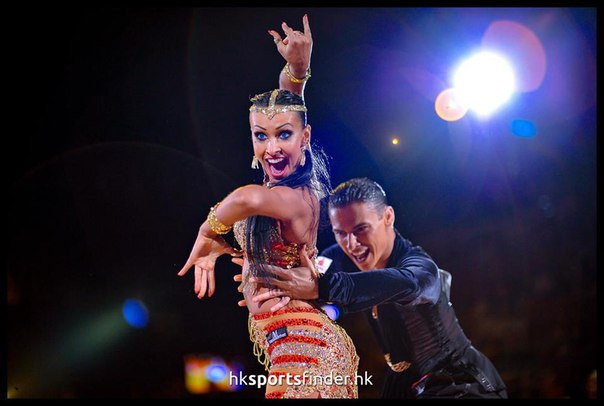
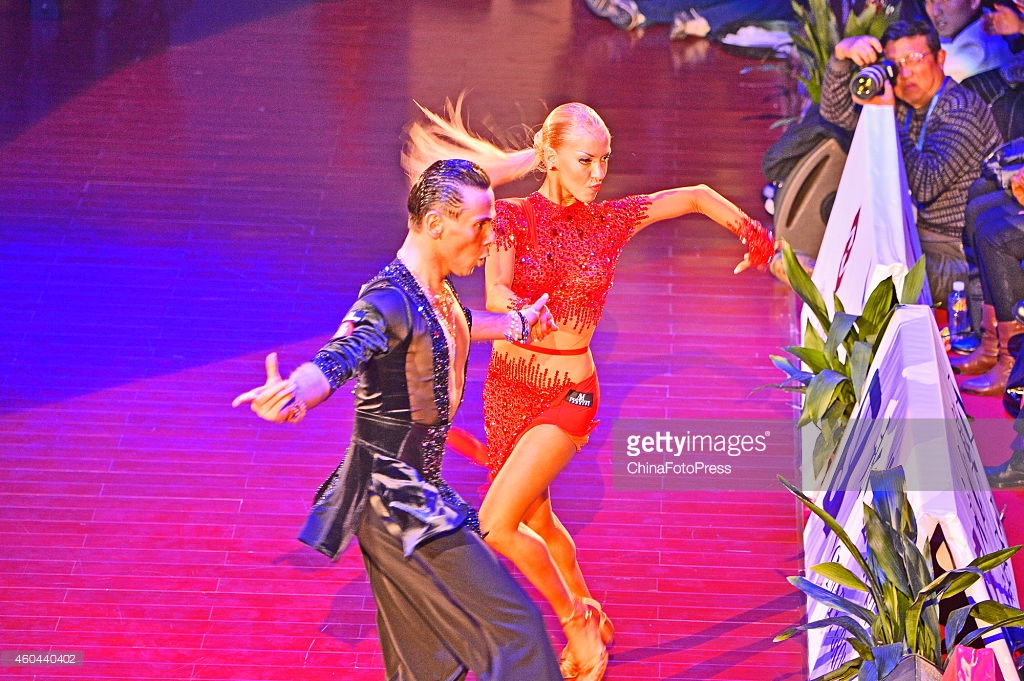
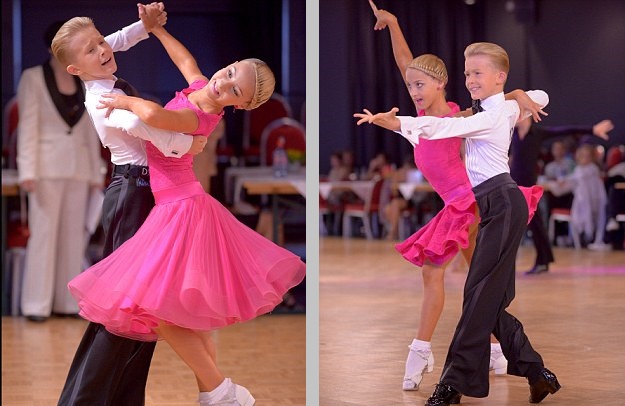

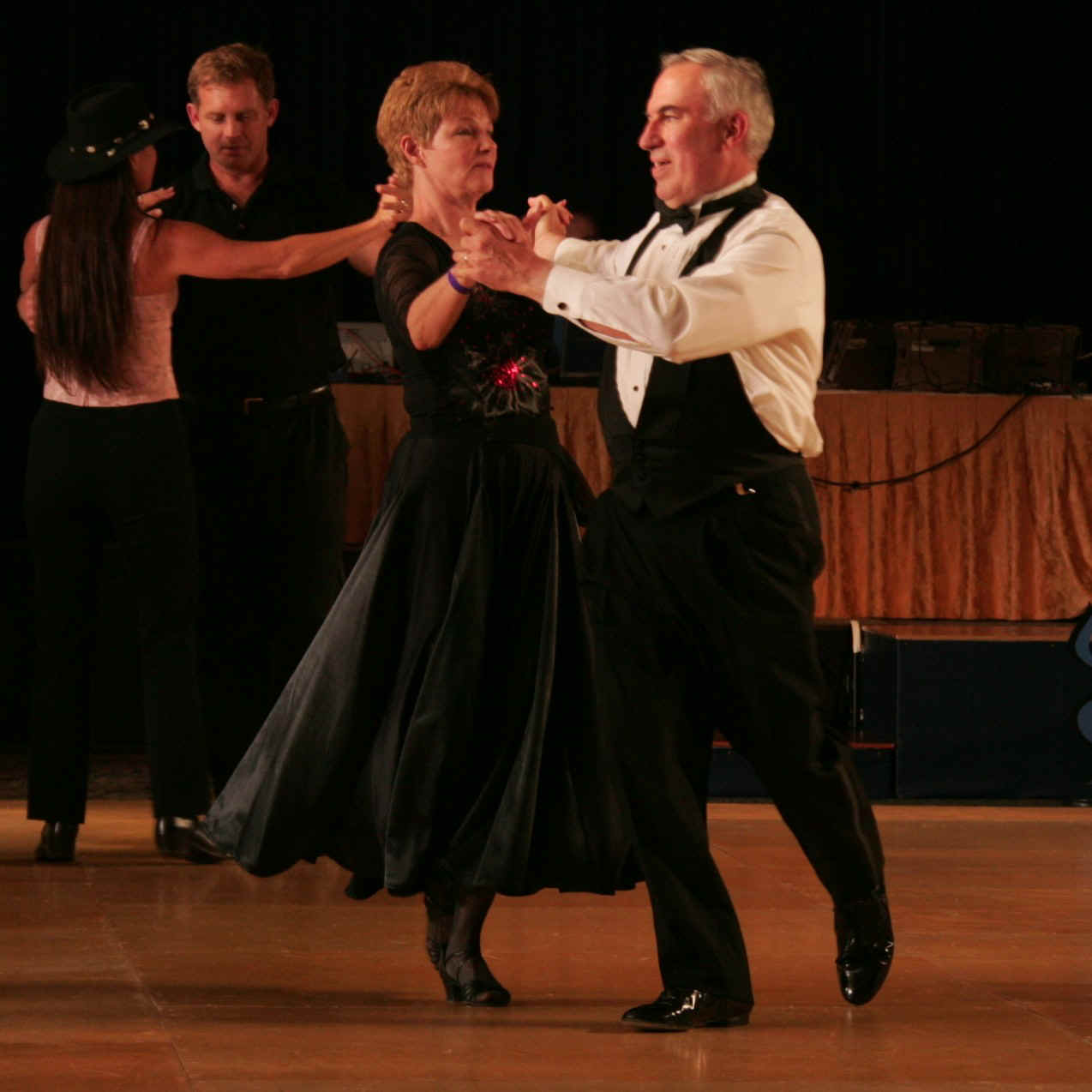
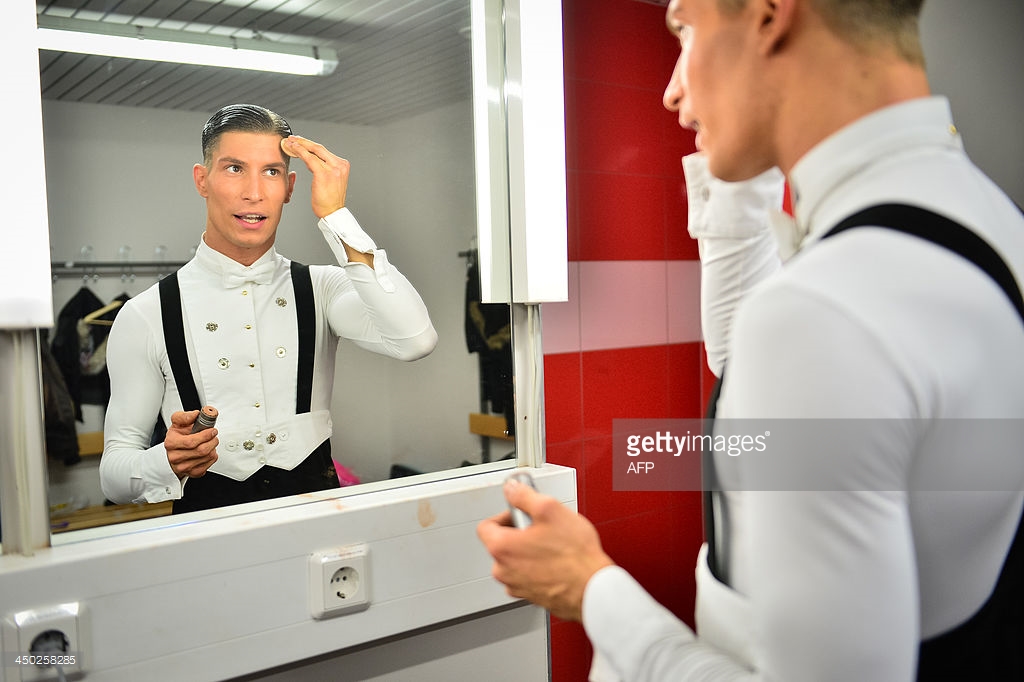
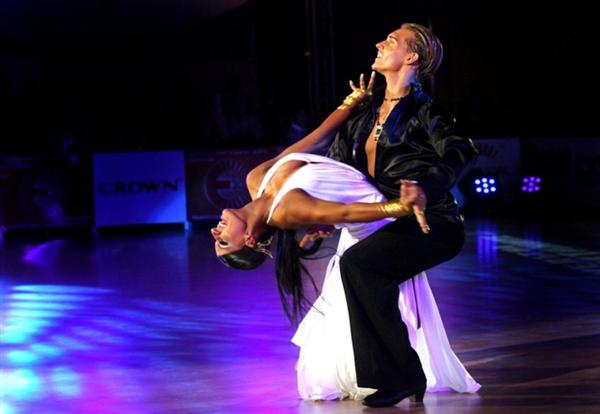
.png)

